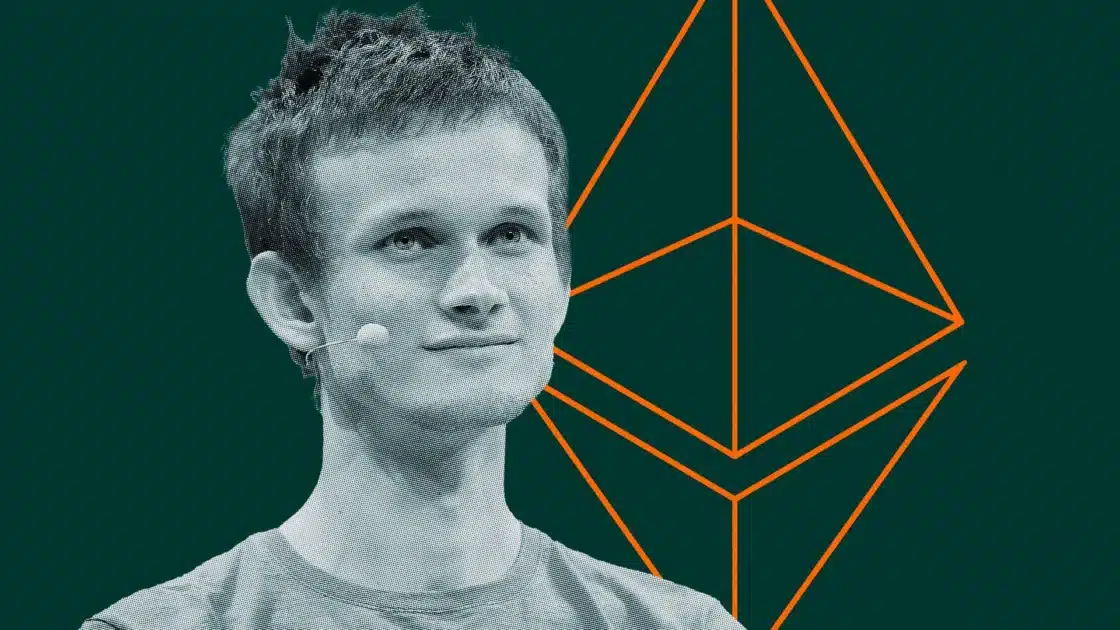Vitalik Buterin, the co-founder of Ethereum, recently revealed details about a significant Ethereum sale involving 190 ETH, executed for 441,971 USDC. According to Buterin, this transaction was initiated by an automatic cowswap TWAP (time-weighted average price) order set up on August 29. The sale is reported to be his last, marking the end of his recent ETH liquidation activities.
In a related development, Buterin revealed that he had invested 2.27 million USDC from his ETH sales over the last two years in the Aave protocol. This step demonstrates his dedication to promoting the ecosystem’s growth and development.
Buterin’s recent statements also indicate his advocacy for better standards in the Ethereum space. He has advocated for an improved assessment of projects with an interest in “stage 1” criteria for evaluating projects. Other requirements include a fraud-proof scheme to be put in place and a security council empowered to counter this scheme if necessary. Moreover, Buterin wrote that these projects should consist of an upgrade path and have a meaningful amount of decentralization.
Also Read: Vitalik Buterin’s Wallet Shows Continued Crypto Activity with 190 ETH Sale
New Standards for Ethereum Projects
This shift in perspective shows a vigorous attempt by Buterin to set higher standards for project validation in the future. He explained that the time when rollups could be considered as ‘multisigs on steroids’ is in the past. He has outlined new criteria meant to address the issues of transparency and project security. By establishing these standards, Buterin ensures that only high-quality and secure projects receive recognition.
The company cites the evolving blockchain landscape, where security is crucial, as the reason for these changes. These new standards are anticipated to impact future Ethereum projects, supported by Buterin.
In conclusion, the recent Ethereum sale and Buterin’s attempts to tighten the requirements for projects that can work with Ethereum show that he actively contributes to developing the Ethereum network. These developments depict a general push towards adding security and reliability within the blockchain ecosystem.
Also Read: Ethereum’s Incentive Structure May Shift with New-Based Rollups

